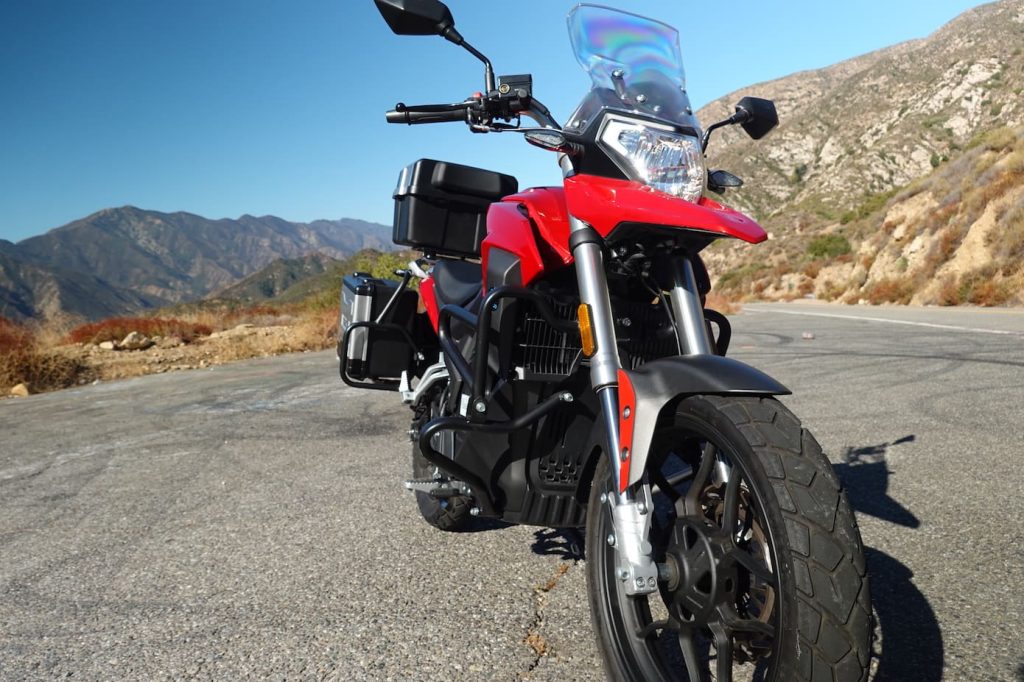
The motorcycle industry has long stood at the crossroads of tradition and innovation. While roaring engines and iconic designs have been the pride of the past, the future holds the hum of electric powertrains. Until recently, the electric revolution largely focused on creating the fastest, most powerful electric bikes, often sporting equally hefty price tags. However, the emergence of medium-power electric motorcycles has ignited a new spark in the two-wheeler universe, one that promises to bring more new riders into the fold.
Electric motorcycles offer several benefits that are hard to ignore. They are clean, efficient, and feature significantly fewer moving parts, which helps them require less maintenance than their gas-powered counterparts. However, the eye-watering prices of high-power electric models have long kept them out of reach for many potential motorcyclists. Energica makes amazing machines, for example, but few are ready to part with $25,000 for a motorcycle that likely won’t be their primary vehicle.
Enter the medium-power segment – bikes that prioritize practicality over sheer power, offering an ideal blend of performance and affordability. Many of these middle-weight electric motorcycles eschew the triple-digit mile per hour limit, instead focusing on top speeds in the 70-85 mph (112-137 km/h) range, sufficient for highway travel while not requiring the same massive motors and batteries as flagship e-motos.

Price is a significant deterrent for many when considering a shift to electric vehicles, whether four-wheeled or two. While the dream of owning an electric car remains elusive for many due to their premium cost, medium-power electric motorcycles present an enticing, cost-effective alternative. With advancements in battery technology and production efficiency, these bikes offer the thrill of electric riding without burning a hole in one’s pocket.
Flagship electric motorcycles still lead the pack, but their price tags have priced out much of the younger market full of new riders. Zero recently dropped its premier models’ prices to just below US $20k ahead of its 2024 model year release, while LiveWire and Energica both offer flagship rides starting just above that US $20k mark.
A new wave of mid-power electric motorcycles, such as the $8.5k CSC RX1E, the $9k Ryvid Anthem, and the $7.3k Kawasaki Z e-1, are bringing never-before-seen accessibility to the electric motorcycle market. Models that bridge the gap, such as the more powerful $12k Zero FXE and $15.5k LiveWire S2 Del Mar put riders closer to flagship performance while still significantly undercutting the price tags of flagship high-power electric motorcycles.
From e-bikes to e-motorcycles
The market for mid-power electric motorcycles is expanding as more people discover the world of electric two-wheelers. A surge in electric bicycle ridership has put more Americans on two-wheels than ever before. A unique segment of that market in the US includes larger, heavier, and more powerful electric bicycles that have begun to blur the lines between bicycles, mopeds, and light motorcycles.
While traditional modest power electric bicycles are potent transportation alternatives in their own right, many riders have become bike-curious about motorcycles after getting their first taste of powered two-wheelers from e-bikes. Light and mid-power electric motorcycles allow riders to upgrade to higher speeds and power levels that get them out of the bike lane and onto major roads, enjoying similar benefits of efficient electric bicycle transportation while adding the higher speed advantages of car travel on major roads and highways.

Widespread benefits of mid-power electric motorcycles
But the benefits of the new wave of lighter electric motorcycles go far beyond riders’ wallets. The broader implications of a surge in medium-power electric motorcycle adoption are immense.
Urban centers around the US, and in fact around the world, grapple with the chokehold of increasing traffic congestion. It’s a problem exacerbated by an increasing number of cars on the road, making inefficient use of public space.
Motorcycles, given their compact size, have always been a solution to this issue. They can wiggle through traffic, require less parking space, and can ride two or three vehicles wide in slow-moving traffic to make better use of crowded urban street space. By opting for electric two-wheelers, new riders not only reduce their own carbon footprint as well as eliminate harmful emissions that would be breathed in by those living in cities around them, but also contribute to easing urban traffic gridlock.

Furthermore, there’s the overarching theme of environmental responsibility. As the world races to limit its carbon emissions, transportation remains a critical sector to address.
For those unable to afford an expensive new electric car, medium-power electric motorcycles present a tangible way to participate in the green revolution. New riders can take pride in their reduced environmental impact, all while enjoying the unique sense of freedom that only a motorcycle can offer.
Sure, a brand new electric car would be nice, but many young adults can’t afford a $30-$50k purchase. An $8k electric motorcycle gets them rolling in a more efficient electric vehicle that urban residents will likely find more enjoyable.

While the allure of high-powered electric motorcycles is undeniable, it’s the medium-power segment that may hold the key to widespread adoption.
By offering an affordable, eco-friendly alternative to both traditional bikes and cars, they have the potential to reshape urban landscapes. If we genuinely hope to nudge more people towards sustainable transport options, then championing the rise of medium-power electric motorcycles is not just preferable – it’s essential.
Author: Micah Toll
Source: Electrek



